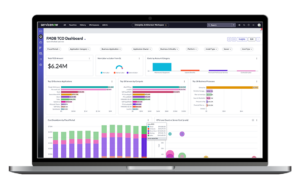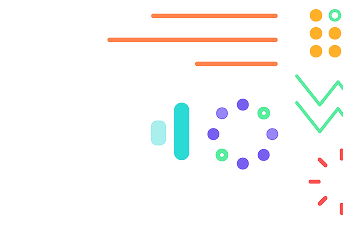At one time or another, most of us in IT or IT Finance have heard things like “IT is a big black hole” or “I don’t understand what I am getting for the millions of dollars I am spending.” Because of this, many organizations set off on a journey to provide transparency into IT Costs. While IT cost transparency is not the ultimate goal, it is an important foundation that is made possible through the use of ITFM tools and processes. This transparency enables three key goals of an ITFM program:
- To convey the business value resulting from the IT Services – consumers of IT Services need to understand what they are receiving and how their business decisions can drive IT costs up or down.
- To provide insight to IT Service and Application owners – these owners need this information to identify ways to improve efficiency and cut costs while increasing value.
- To align IT Spend to Business Objectives – all organizations need to ensure all dollars spent are meeting critical objectives and IT spend is no exception.
Unfortunately, some organizations make the mistake and let the pendulum swing from the nebulous “Black Hole” all the way over to “Data Overload”. ITFM programs can provide too much data causing customers to be overwhelmed and fall victim to “paralysis by analysis” when they don’t know how to interpret or use all that data. To hit the sweet spot, organizations must empower their IT and IT Finance experts to summarize and analyze the data with the goal of highlighting value as well as potential risks and opportunities.
For example, I often wonder how I can save on energy costs in my home and if I am getting maximum value for the $500 a month I spend on heat and electric. I can look at my monthly bill and see I used 1,000 KW and 200 Metric Cubic Feet of Natural Gas but what can I do with that information without any other context? Not much. Therefore, I need additional context to affect change (ie. reduce my bill or maximize the services I receive). Some questions I might ask include:
- What is the typical amount of energy used by similar homes in my area? (aka benchmarking)
- What are my other options for energy sources?
- Are my appliances old and inefficient?
- Do I have enough insulation?
- Do I have energy leaking through poorly sealed windows and doors?
- Am I heating the house and leaving lights on at times where no one is home?
Similarly, it is not enough to tell an IT Service consumer in your organization that they are being charged $1M for Storage. They also need some context like:
- Which business applications are using that storage?
- Why is that application using so much storage?
- Are there certain data retention policies in place that drive a need for a large amount of storage?
- Is there an opportunity to move to a less expensive tier of storage and if so, are there any risks to that?
As you can see, detailed data paints only part of the picture. It is critical we are cognizant of how we are presenting data to different audiences. If we expect our consumers to change behavior, we need to accompany this information with appropriate insight and context.






